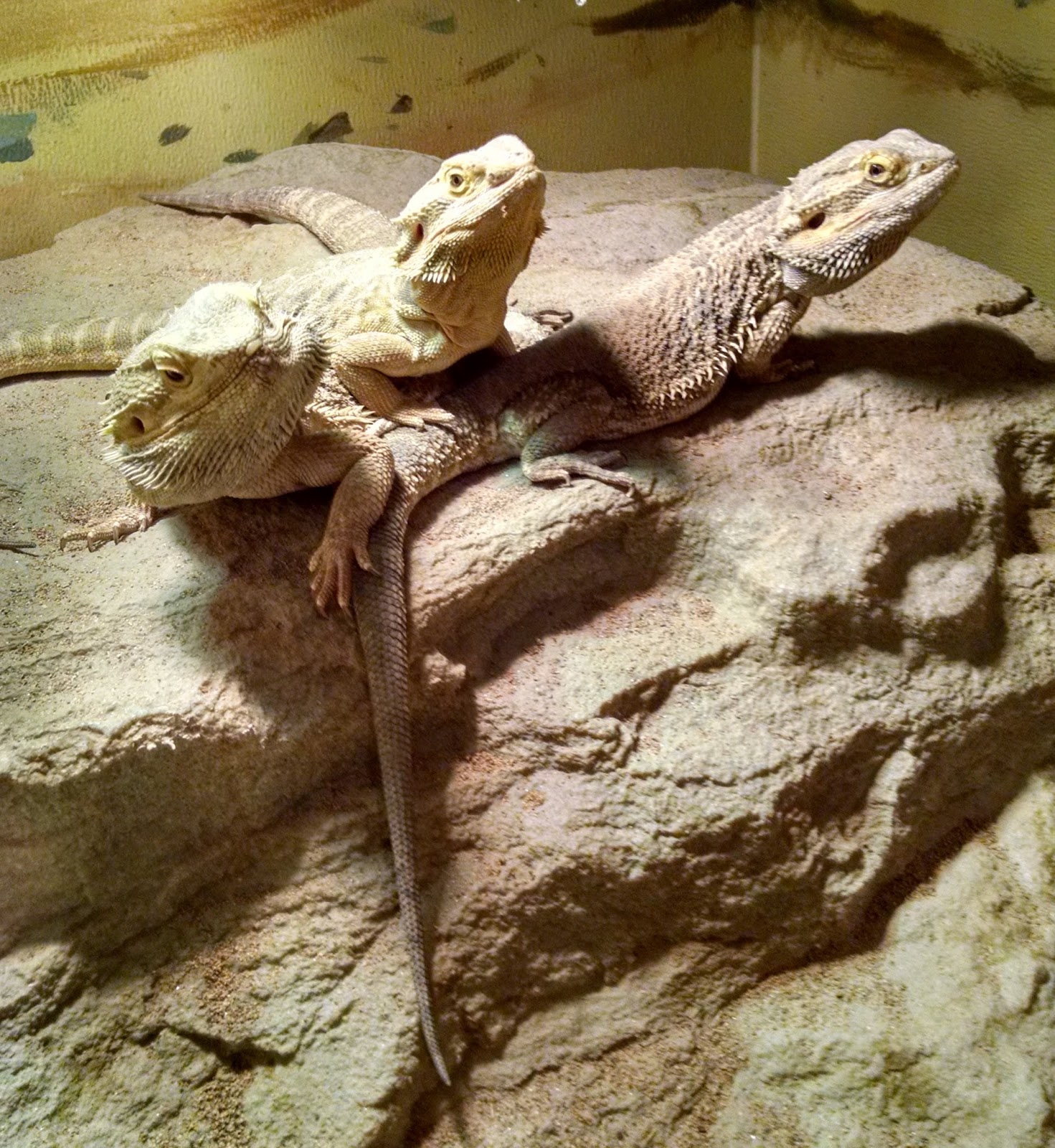The Blue Worm Bearded Dragon: A Complete Guide for Beginners
Introduction
Bearded dragons are one of the most popular pet reptiles out there, and for good reason. These lizards are docile, friendly, and relatively easy to care for, making them perfect for beginner reptile owners. One type of bearded dragon that has been growing in popularity recently is the blue worm bearded dragon. In this guide, we’ll cover everything you need to know about this unique and stunning reptile, from its appearance and behavior to its habitat and diet.
What is a Blue Worm Bearded Dragon?
The blue worm bearded dragon (Pogona vitticeps) is a species of bearded dragon that is known for its striking blue and black markings. They are also sometimes referred to as “blue bar” or “blue stripe” bearded dragons due to the distinctive markings on their tails and legs.
Blue worm bearded dragons are native to the deserts of Australia and can grow up to 24 inches in length. They have a friendly demeanor and make great pets, especially for beginners.
Appearance
As mentioned earlier, blue worm bearded dragons are known for their distinctive markings. Their bodies are primarily tan or beige, with blue and black stripes and spots on their tails and legs. Their heads are also tan, and they have a row of spikes along their backs.

One of the most unique things about blue worm bearded dragons is that their coloring can change depending on their mood or environment. When they are feeling anxious or stressed, their blue markings may darken or become more prominent.
Behavior
Blue worm bearded dragons are known for their docile and friendly behavior. They are generally easy to handle and are unlikely to bite or scratch. They are also quite active and enjoy exploring their environment.

However, it’s important to note that all bearded dragons can become stressed if they are not given enough space or if their environment is not set up properly. It’s important to ensure that your blue worm bearded dragon has enough space to move around and that their habitat is set up with the right lighting and temperature.
Habitat
Like all bearded dragons, blue worm bearded dragons are native to the desert and require a habitat that mimics this environment. This means that their habitat should be dry and warm, with lots of hiding spots and climbing opportunities.

A basic blue worm bearded dragon habitat should include a spacious enclosure (at least 40 gallons for one adult), a heat lamp, a UVB lamp, a basking spot, and a variety of decor such as rocks, logs, and branches. It’s also important to provide your bearded dragon with a shallow water dish for drinking and soaking, as well as a separate area for bathroom use.
Diet
Blue worm bearded dragons are omnivores, meaning they eat both plants and insects. A healthy diet for a blue worm bearded dragon should consist of a variety of vegetables, including dark leafy greens, carrots, and squash, as well as insects such as crickets, mealworms, and dubia roaches.

It’s important to feed your blue worm bearded dragon the right amount and type of food. Overfeeding can lead to health problems such as obesity and organ damage, while underfeeding can lead to malnutrition and stunted growth. A good rule of thumb is to feed your bearded dragon as much food as they can eat in 10-15 minutes, 2-3 times per day for juveniles, and once per day for adults.
Conclusion
Blue worm bearded dragons are a unique and stunning addition to any reptile lover’s collection. With their friendly demeanor, striking appearance, and relatively easy care requirements, they make great pets for beginners and experienced owners alike. By following the tips and information in this guide, you can provide your blue worm bearded dragon with a happy and healthy life.
